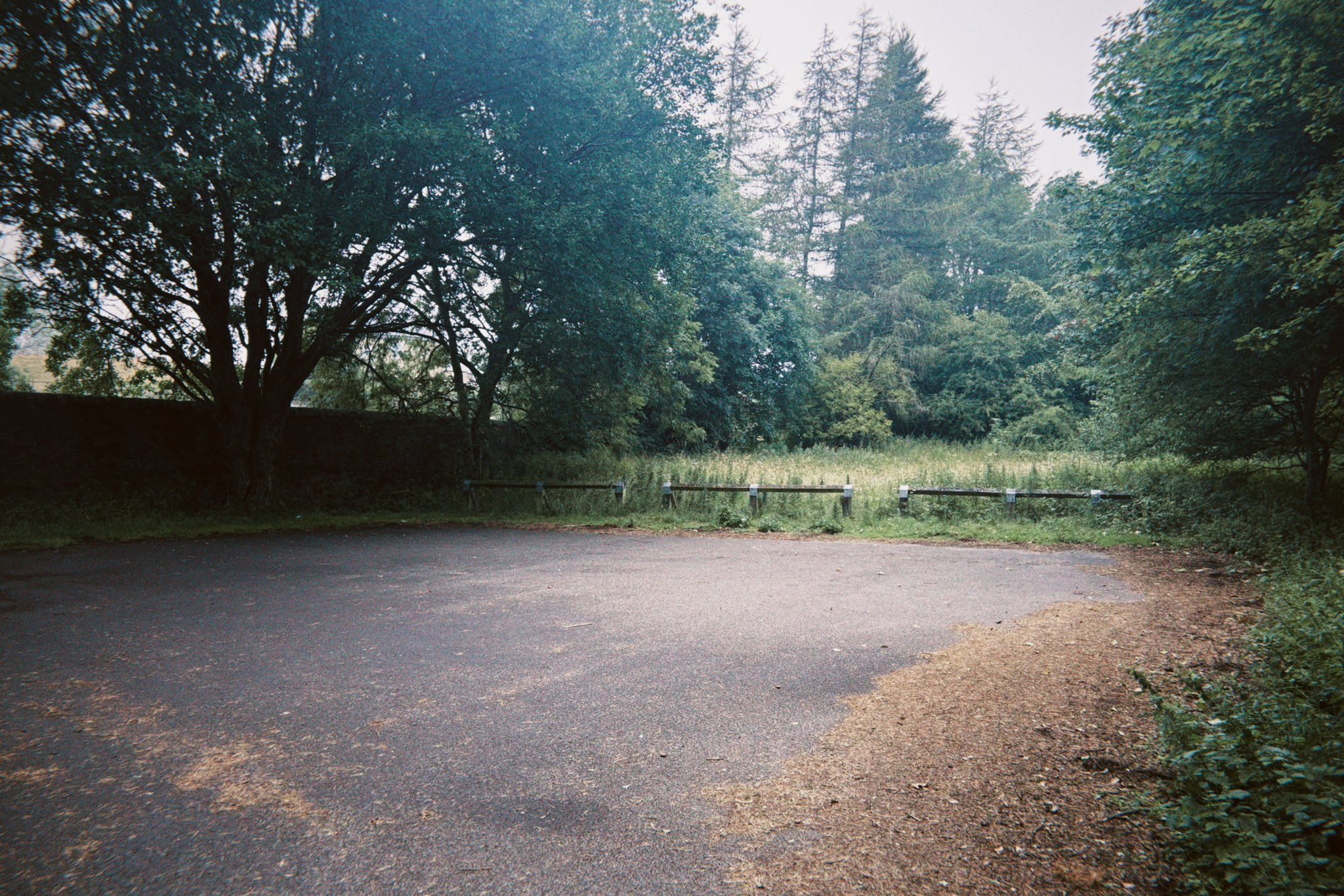
Castleside
Rowley Railway Station
Last Updated:
22 Aug 2025
Castleside
This is a
Railway Station
54.825778, -1.865733
Founded in
Current status is
Repurposed
Designer (if known):

Site is now car park and picnic spot
Can you believe this whole site was transported stone by stone to Beamish too?
This is the site of the original Rowley Station, which is carefully preserved at the Open Air Museum. It was opened by the Stockton & Darlington in the 1840s, around a decade after the S&T commenced operations on the line. They didn't originally run passengers on this side due to the sheer complexity of it. The S&DR had the guts to but only on the simpler sections, but even these were inclined planes. Services from here originally ran from Hownes Gill, through Rowley, to Waskerley, then Tow Law and Crook. Instead of locomotives, carriages were sandwiched between wagons on stationary engines. Horrendous, slow and dirty work.
The station, originally named Cold Rowley, was nothing more than a room in its earliest days, but was expanded in the 1870s into the form we still see at Beamish today. At the same time, modern goods facilities and sidings were provided. Its geography meant trains were regularly marooned here in the snow, as you can see below.
The station only lasted until the 1930s. The rise of bus services which were more frequent and convenient stunted any prospect of a future for some of these lines, and from there services from Darlington ceased at Tow Law. Goods remained until 1966, with the line dismantled a few years later. Frank Atkinson, the founder of Beamish Museum, leased the station for peppercorn to ensure its survival, and it was all shifted over to the museum.
As ever, I heartily recommend Rob Langham's work on the Stanhope & Tyne. This particular post is heavily influenced by his work "The Wear & Derwent Railway" from 2022 - https://www.amazon.co.uk/Wear-Derwent-Railway-Rob-Langham/dp/1398106526
Listing Description (if available)


These two plans depict Rowley Station in 1841 and the late 1850s, the first being the tithe plan which provide's our first glimpse into the Stanhope & Tyne Railway (I. Coulson. Two copies. Courtesy of Durham University Library). Though little to see at first, we find the original Cold Rowley station site before operations commenced formally for people to hop on. As you can see it's not heavily populated, with Cold Rowley literally being a farmhouse and Mainsfield comprising of a chapel and Sunday school. It was still the case by the 1850s, but it stood on the main turnpike between Castleside and Tow Law making it a strategic stopping point. It was also where locomotives could take a break from the harsh gradients too.

Rowley Station is much more recognisable on this Ordnance Survey plan from the 1890s. It features more modern facilities and a station building, with a coal depot and goods handling facilities. A signal box was also constructed.

The site of the main station buildings which stood here until relocating to Beamish in the 70s.

The station in the 1920s. Image in public domain

Rowley Railway Station in March 1968, when the buildings were forlorn and in a state of disrepair. It was only a few years later they'd be deconstructed and transported north. Source: Newcastle Chronicle
